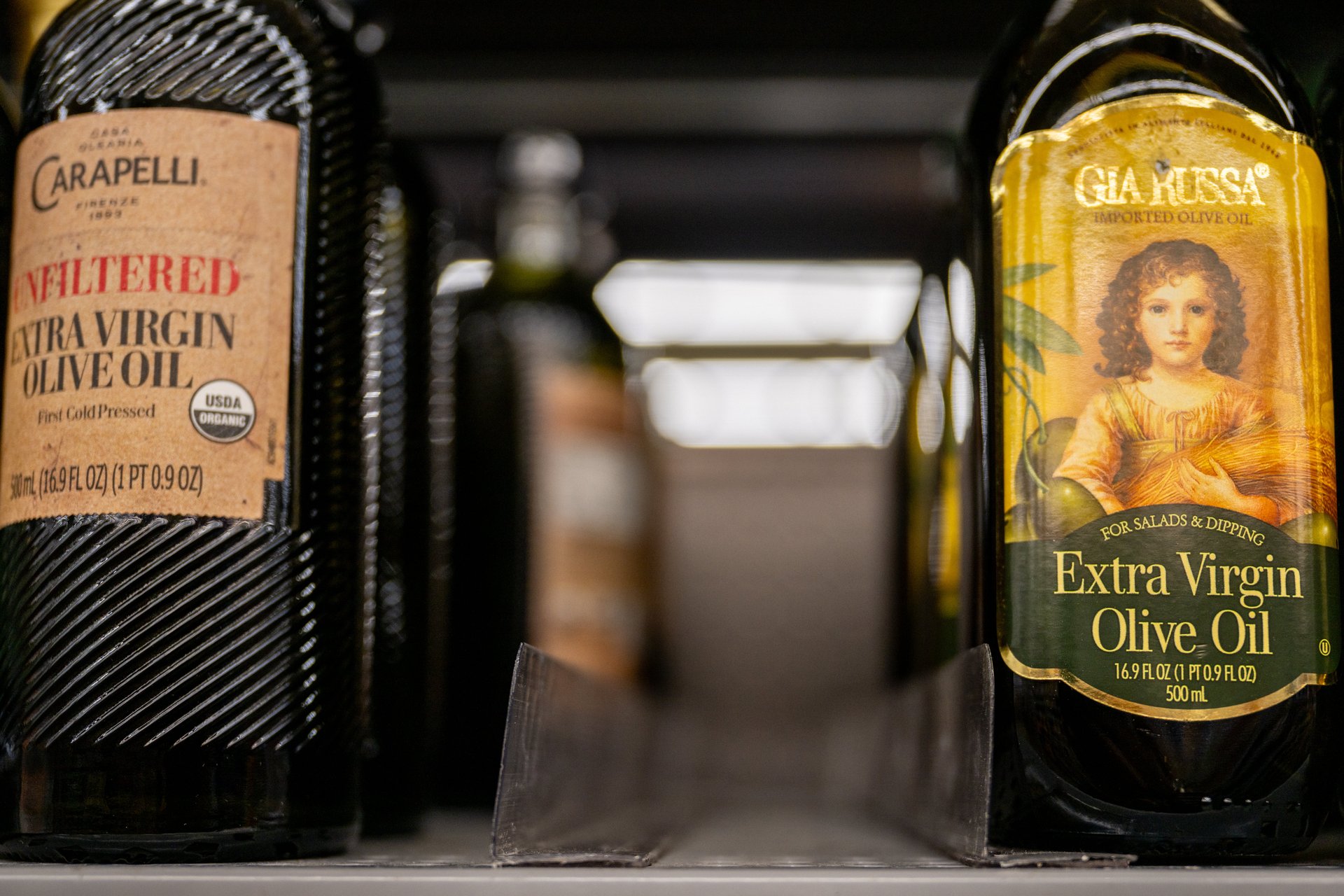Why global olive oil prices are at their highest ever
Thanks to weather-related shortages, prices have gained 32% since May, when they hit a 26-year peak

Olive oil prices have gone from bad to worse. Extreme heat, wildfires, and drought are cutting harvest yields for producers, prompting shortages—and higher prices. In May, the global price of olive oil reached a 26-year high. It’s since gained another 32%, setting an all-time record. Nearly $6,000 per metric ton in May, the global price now tops $9,000.
Suggested Reading
Spain, the world’s largest exporter and importer of olive oil, has yielded only half what it normally would this year, thanks to extreme heat and drought. The country’s annual production is usually more than a million tons. But lack of rain over the past year—when Spain received only about one fifth of its typical precipitation—led to the driest and hottest conditions in the nation’s history for olive farmers, slashing output.
Related Content
Throughout the Mediterranean, weather problems have made for less than ideal farming conditions lately. Italy, the No. 2 olive oil producer, suffered its worst drought in 70 years in 2022 and is still recovering.
In August, the Spanish government reported dwindling supplies of olive oil, intensifying concerns and pushing prices higher this fall. The government projects that Spain will produce about 680,000 tons of olive oil through the end of 2023, a huge drop from roughly 1.5 million tons the previous year. In an interview with Spanish radio station Onda Cero, agriculture minister Luis Planas said olive oil would become a “luxury product.” His government’s forecast makes the supply outlook appear bleak, at least for the foreseeable future.